10 of the Best National Parks to Visit in Winter
Enjoy snowy trails, desert blooms, and starry skies at these national parks that reveal stunningly beautiful scenery—and fewer crowds—in the offseason
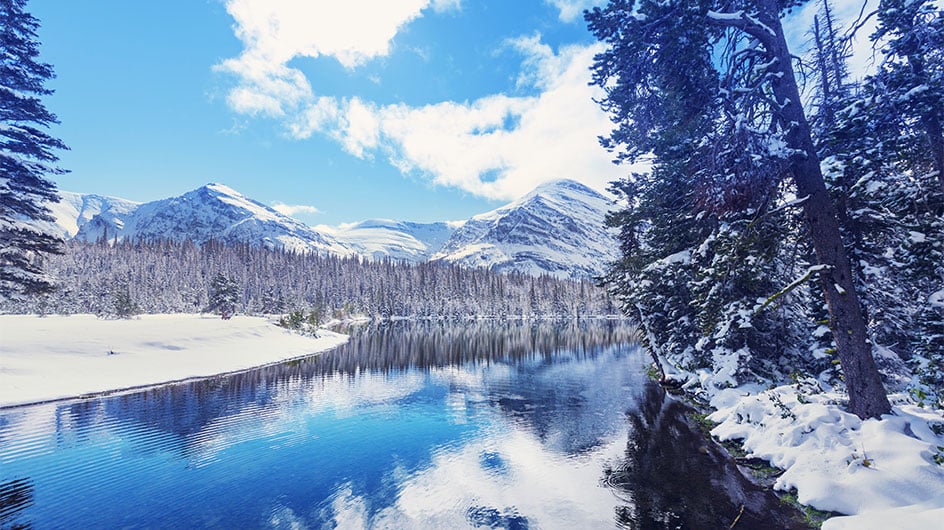
While national parks across the country draw crowds in summer, winter brings a quieter, more peaceful experience. Some parks are warm-weather escapes from the cold, while others turn into snowy wonderlands perfect for skiing or snowshoeing through postcard-worthy landscapes. From snow-clad mountains to sun-soaked deserts, these 10 spots are some of the best national parks in winter for escaping the crowds and embracing the season.
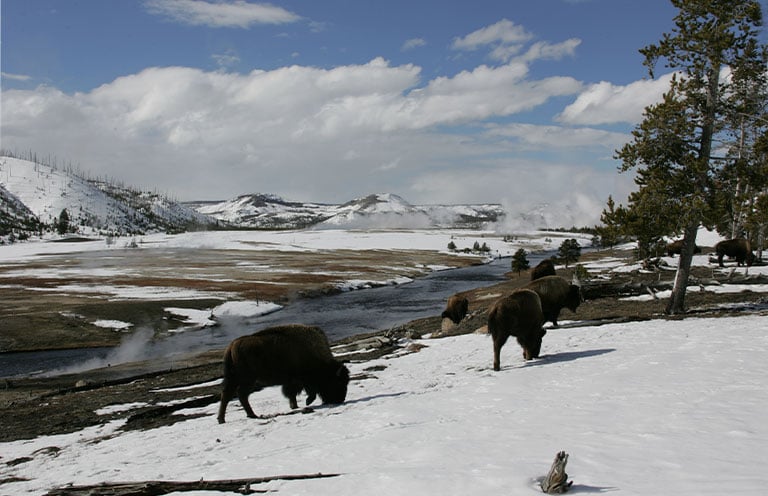
Yellowstone National Park | Wyoming, Idaho, and Montana
Silent geysers and backcountry skiing
In winter, nearly all roads in Yellowstone National Park are closed to regular vehicles; the rest are accessible only by snowcats and snowmobiles. The only lodging open in the heart of the park is Old Faithful Snow Lodge, where the quiet of the winter landscape accentuates the rustic charm. By day, cross-country ski and snowshoe to thermal features such as Lone Star Geyser. At night, watch Old Faithful erupt—possibly with no one else around.
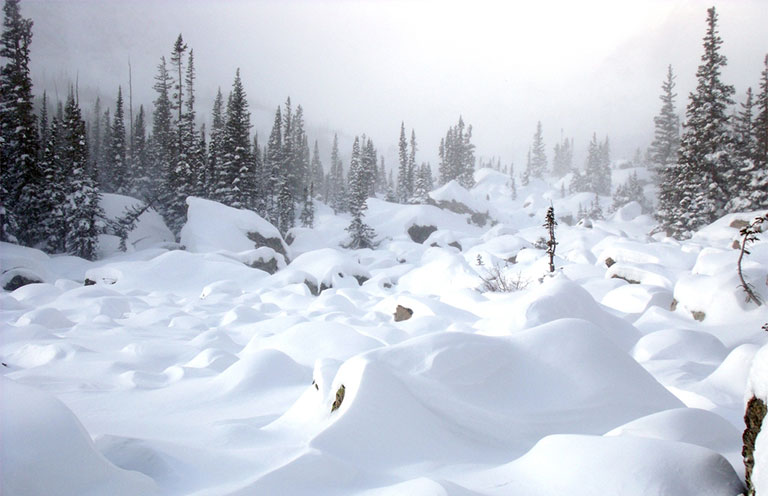
Rocky Mountain National Park | Colorado
Snow-draped forests and miles of ski and snowshoe trails
The alpine tundra may be buried in snow, but the lower elevations of Rocky Mountain National Park are popular with snowshoers and cross-country skiers all winter long. The Ouzel Falls Trail in the Wild Basin area is a good place to start. While snowmobiling isn’t allowed inside the park, the nearby town of Grand Lake—on the park’s western edge—is known as the Snowmobile Capital of Colorado.
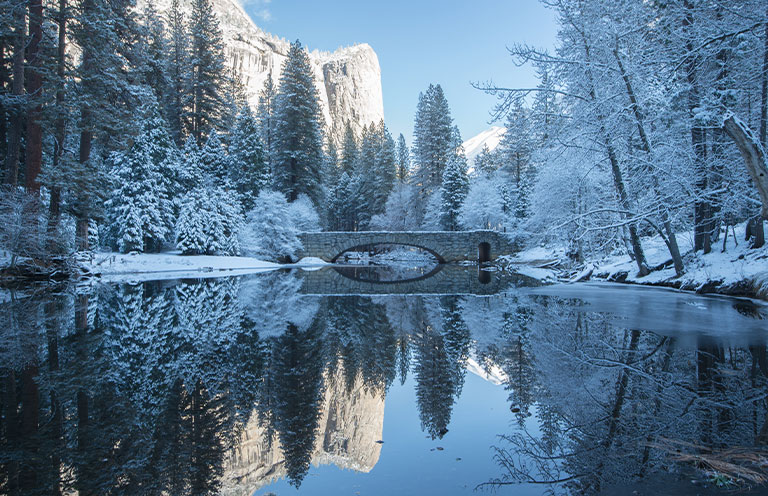
Yosemite National Park | California
Iconic cliffs and rare lift-served skiing
Badger Pass is a rarity: It’s one of only three lift-served ski areas located within a US national park. Although low snow conditions kept it from opening in the 2024–25 season, Yosemite National Park still offers plenty of winter activities. The park features 90 miles of cross-country skiing and snowshoeing trails, many of which provide stunning views of Yosemite Valley.
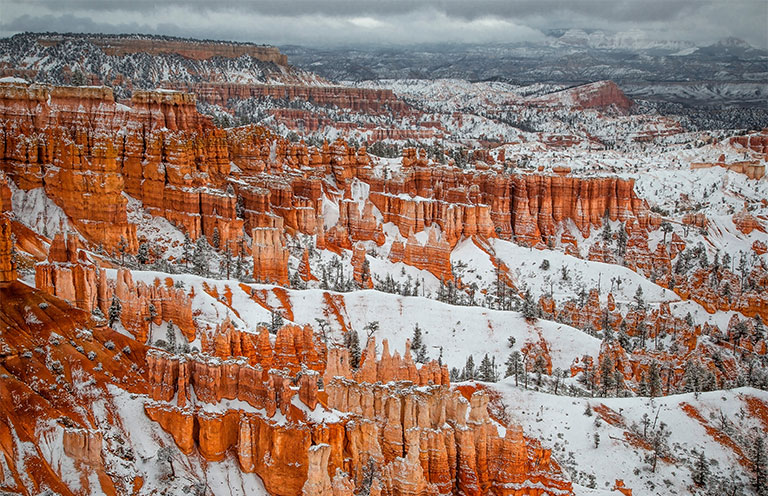
Bryce Canyon National Park | Utah
Snow-covered hoodoos and serene trails for skiing and stargazing
Sitting at 8,000 feet above sea level, Bryce Canyon National Park receives nearly 10 feet of snow each year. Most trails remain open all winter, offering a quiet, scenic experience. For a fantastic vantage point, cross-country ski along the Rim Trail when fresh snow frosts the otherworldly hoodoos of the Main Amphitheater. Winter stargazing opportunities abound in Bryce—designated an International Dark Sky Park—thanks to its high elevation, clean air, and remote location.
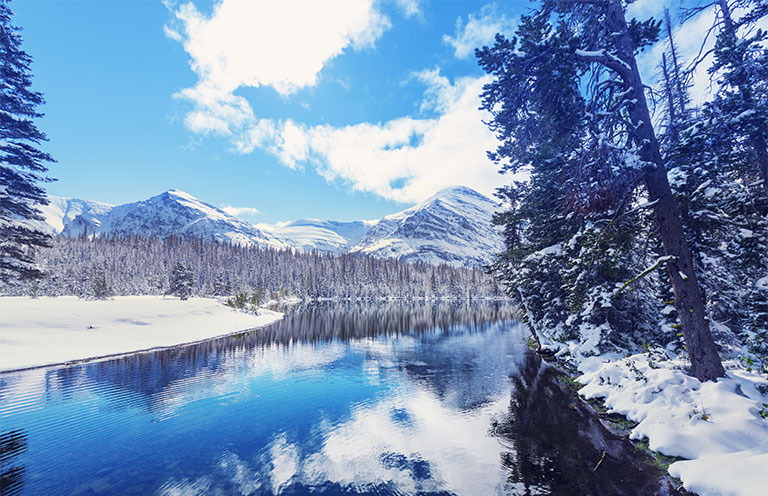
Glacier National Park | Montana
Frozen peaks and cross-country skiing in pristine solitude
Going-to-the-Sun Road closes for the winter in the heart of Glacier National Park, but the snowy season still offers plenty to explore. Cross-country skiing and snowshoeing are popular on the Lake McDonald and Autumn Creek trails. Just south of the park, LOGE Glacier (formerly the Izaak Walton Inn) is a cross-country skiing hub with groomed trails and cozy lodging.
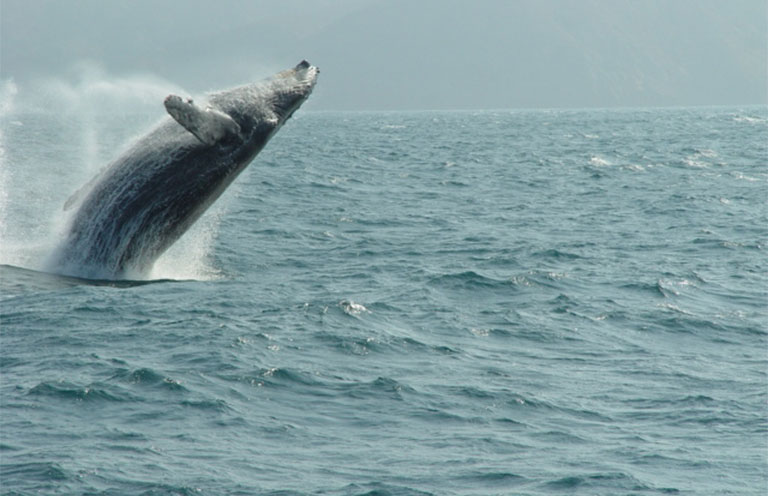
Channel Islands National Park | California
Whale watching and coastal hikes among wildflowers
Just off the coast from Los Angeles, Channel Islands National Park offers more than mild winter weather. On the boat ride to Santa Cruz Island, you might spot migrating gray whales, which pass through the area in winter. By February, early wildflowers begin to bloom across the island, adding color to coastal hikes.
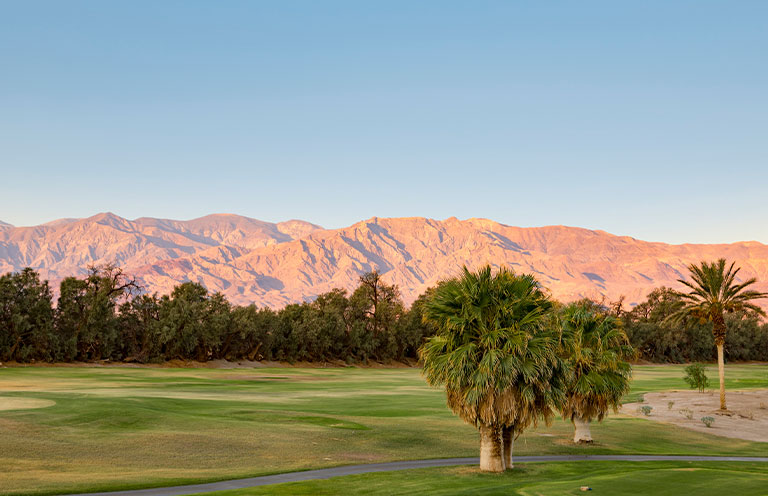
Death Valley National Park | California
Comfortable temps and hikes through dramatic desert terrain
Winter brings relief to Death Valley National Park, where the valley floor—at the lowest point in the Western Hemisphere—sees highs near 70 degrees Fahrenheit. The cooler temperatures make it an ideal season for hiking the park’s many canyons and colorful geological formations. You can even play a round at Furnace Creek, the world’s lowest-elevation golf course.
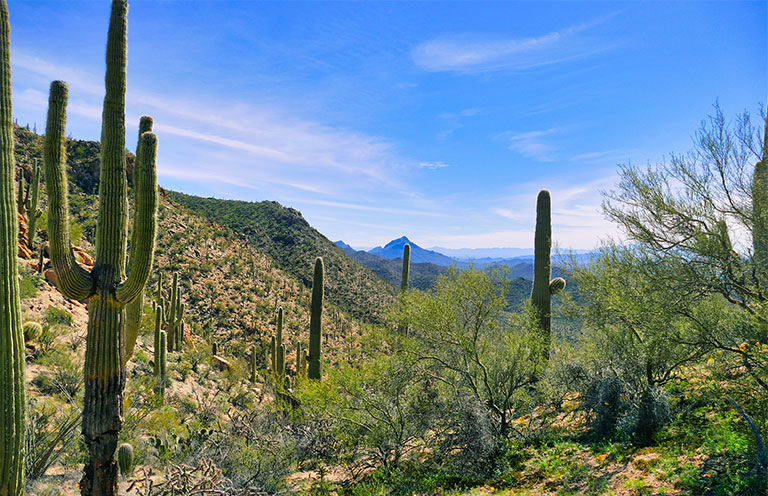
Saguaro National Park | Arizona
Sunny days and hikes among towering cacti and desert vistas
Mild winter days at Saguaro National Park make it a welcome escape from colder climates. Temperatures here rarely rise above 70 degree Fahrenheit in winter. It’s perfect weather for hiking through the park’s rugged saguaro forests. The Cactus Forest Trail is a great introduction to this unique ecosystem. And with Tucson just next door, it’s easy to turn a park visit into a long weekend that may include sampling local cuisine—Tucson is one of only two US cities recognized as a UNESCO City of Gastronomy.
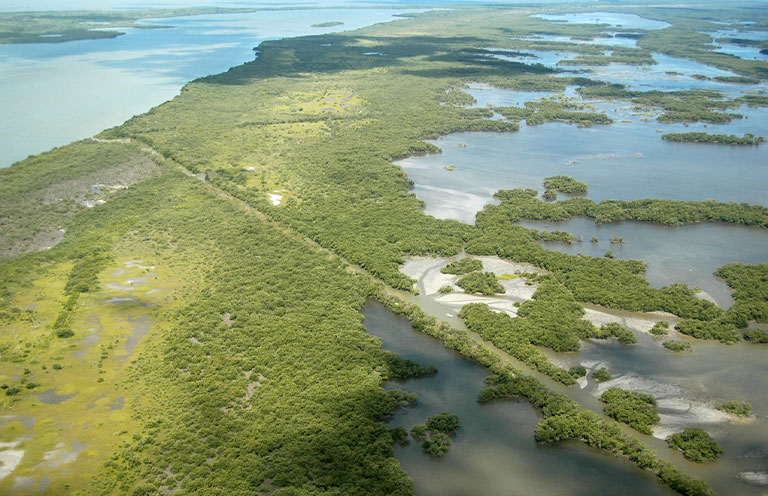
Everglades National Park | Florida
Bug-free wilderness and wildlife-spotting under clear skies
Winter is the dry season in South Florida, and lower humidity and fewer mosquitoes make it the best time to explore Everglades National Park. Crisp mornings and sunny skies invite longer hikes and airboat tours, while the wildlife—herons, gators, and turtles—is especially active and easy to spot. The Anhinga Trail is a must-see, with paved walkways and boardwalks that are perfect for wildlife-watching. Like Saguaro, the park is easy to access; it’s less than 50 miles from Miami.
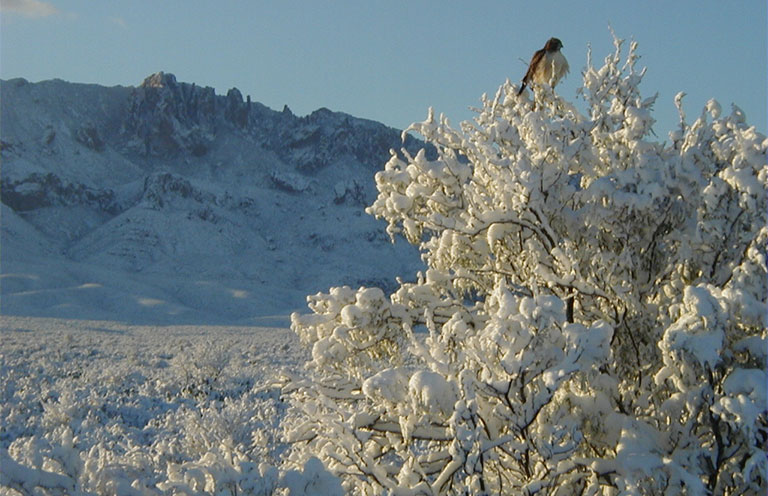
Big Bend National Park | Texas
Vast desert silence, stargazing, and rugged solitude
In far West Texas, the canyons of Big Bend National Park are even quieter in winter. While the Chisos Mountains occasionally see freezing temperatures or snow, the overall mild weather makes this an ideal season to explore this one-of-a-kind landscape at the intersection of river, desert, and mountain. Trails are less crowded, sunsets stretch for miles, and stargazing under some of the darkest skies in the country is at its best.
. . . . .
Whether you're seeking snowy solitude or a sun-drenched winter retreat, these destinations stand out among the best national parks in winter—offering unique experiences far from the usual crowds.
